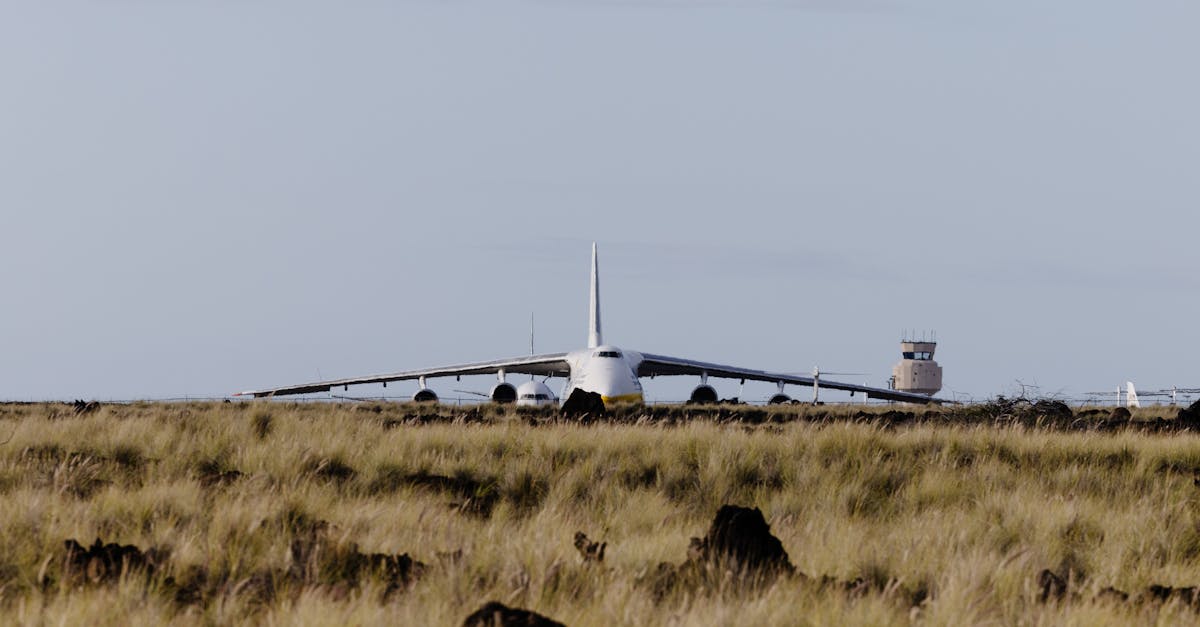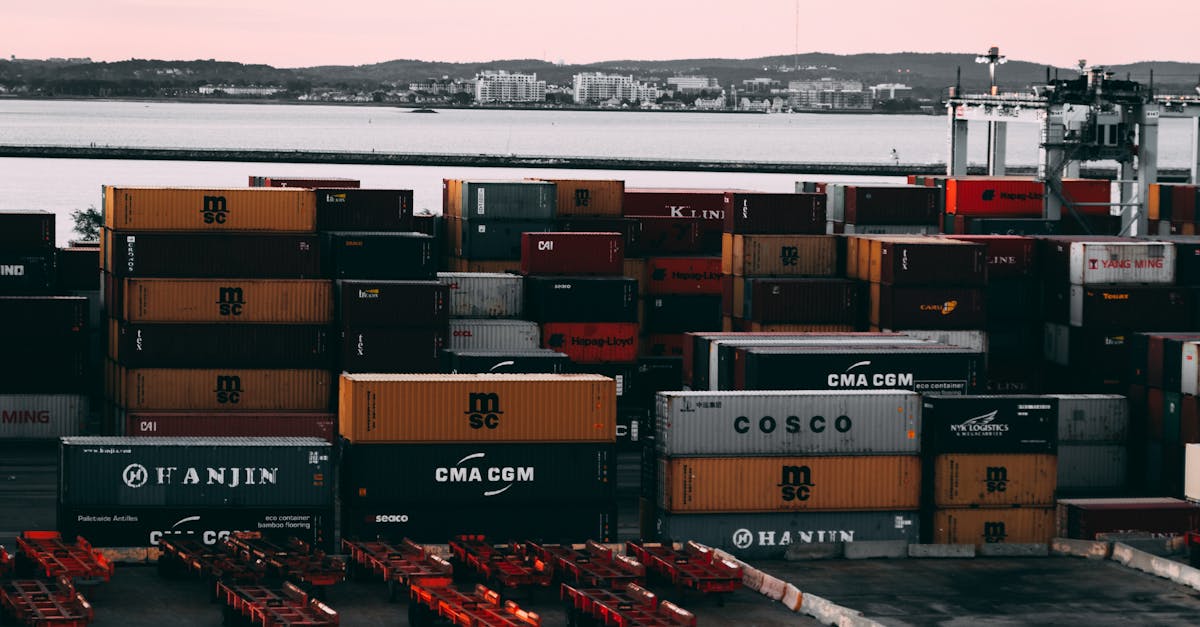The Honolulu Department of Transportation Services (DTS) recently announced ridership figures for the newly opened Segment 2 of the Skyline rail system. Despite a promotional fare-free weekend designed to boost patronage, the numbers fell significantly short of Mayor Rick Blangiardi's ambitious goal of 25,000 riders. This shortfall is particularly concerning given the substantial investment in the rail project and its intended role in easing Honolulu's notorious traffic congestion.
The city held a dedication ceremony for the new segment, which extended the rail line and added four new stations, connecting major destinations like Joint Base Pearl Harbor-Hickam and Daniel K. Inouye International Airport according to a Hawaiinewsnow.com report. With the expanded service, officials had hoped to see ridership double from the current average of around 4,500 passengers on weekdays.
However, a Civil Beat article notes that the city is launching a $1 million public relations campaign to encourage weary commuters to use the rail. The success of this campaign is crucial, as the rail system's viability hinges on attracting a larger ridership base. Low ridership has been attributed to several factors including limited service area coverage, inadequate operating hours, and insufficient integration with other transportation modes, as highlighted by a Hawaii Free Press article.
The financial implications of low ridership are substantial. A recent audit, as reported by Mass Transit Magazine, revealed that the Skyline rail operation suffers poor ridership and high monthly costs. This situation poses challenges for local businesses that anticipated increased foot traffic and economic activity along the rail line. Investors who have backed developments near the stations could also experience a reduced return on investment if ridership does not improve.
For Hawaii's entrepreneurs, the success or failure of the Skyline project can be a bellwether for future infrastructure investments. The ability of the city to provide reliable and efficient public transportation will affect business decisions, from where to locate new ventures to how to manage employee commutes. As the city continues to expand the rail system, addressing the underlying issues that are discouraging ridership will be essential for creating a successful public transit system.



